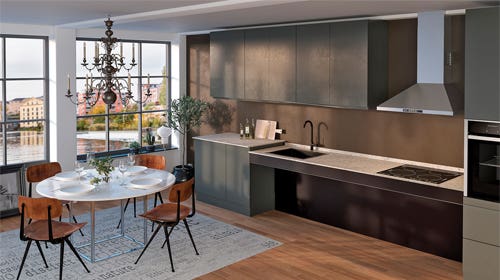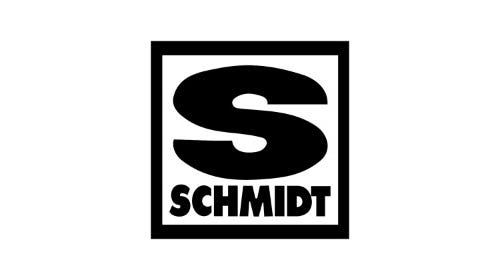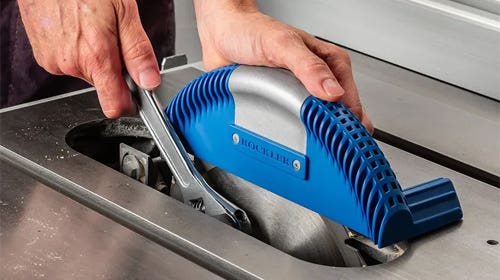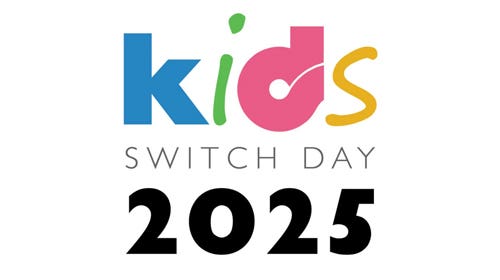Genuine mahogany caters to niche market
Long regarded as one of the finest hardwoods for furniture making, genuine mahogany (Swietenia macrophylla) – aka Honduran, Honduras or big-leaf mahogany – doesn’t move like it used to.
Long regarded as one of the finest hardwoods for furniture making, genuine mahogany (Swietenia macrophylla) – aka Honduran, Honduras or big-leaf mahogany – doesn’t move like it used to. Alternative species from African, such as khaya, sapele and utile, are less expensive and better sellers, according to suppliers interviewed by Woodshop News.
But the ‘real deal’ from South America can still be had from sources such as Irion Lumber in Wellsboro, Pa.
“We try to carry a dense, dark grade,” says owner Lou Irion. “It moves. It goes primarily to people who want it for making high-end furniture, but it is certainly one of our least popular. There’s a very small market for it. A lot of the companies that used to carry genuine mahogany don’t carry it anymore.
“Genuine isn’t selling like sapele is, but we’re still buying it and still selling it. We get in a load a year and that’s about what we’re selling, but it goes out in smaller lots. I’d say primarily to furniture makers, and the product we have is the darkest and densest of the mahogany and that’s what the furniture makers seek out because it’s most like the mahoganies that were used in the 18th century.”
Irion adds that genuine mahogany is about the same price as premium walnut, and a better value.
“With mahogany there’s so much less waste. You might see a knot or two in a whole load. But you have to be careful where it’s from. If it’s from Guatemala and areas in central America, it’s a lot lighter in weight and lighter in color. So, we have to source it from people who have sources other than Guatemala.”
C.R. Muterspaw Lumber in Xenia, Ohio, offers a wide selection of mahoganies and substitutes.
“We [carry] the genuine Honduran, the African and we also do sapele,” says owner Chad Muterspaw. “The Honduran mahogany, from what I’ve seen, most of our customers that use that are doing high-end furniture or period furniture reproductions, kind of smaller pieces. Then in the African and sapeles we do a lot more quantity, so that’s where we get into builders and contractors and large volume guys.
“I think we’ve been fairly steady on (the African mahoganies). There’s no major change there. The only change is it’s starting to get where shipping delays are not happening as often. It seems like availability is easing up.”
Matt Gilland of Superior Veneer & Plywood in New Albany, Ind., which offers quartered and plain-sliced African and Honduran mahoganies, sees similar trends on the veneer side.
“We can get the Honduran but that is not nearly as requested as the African. That’s usually going into reproduction work where perhaps one of our customers is doing a repair on something, and it’s been a little bit more difficult to get than African,” says Gilland.
“We’re seeing it move. I wouldn’t say there are steady requests on it, but it’s picked up a bit in the last few months. It seems like lately, even in all the variation of all the things we do, oaks are still dominating.”
In December, 4/4 FAS genuine mahogany was selling for $12 to $14/bf. African mahoganies and sapele were quoted at $7 to $9/bf.
This article was originally published in the February 2023 issue.







